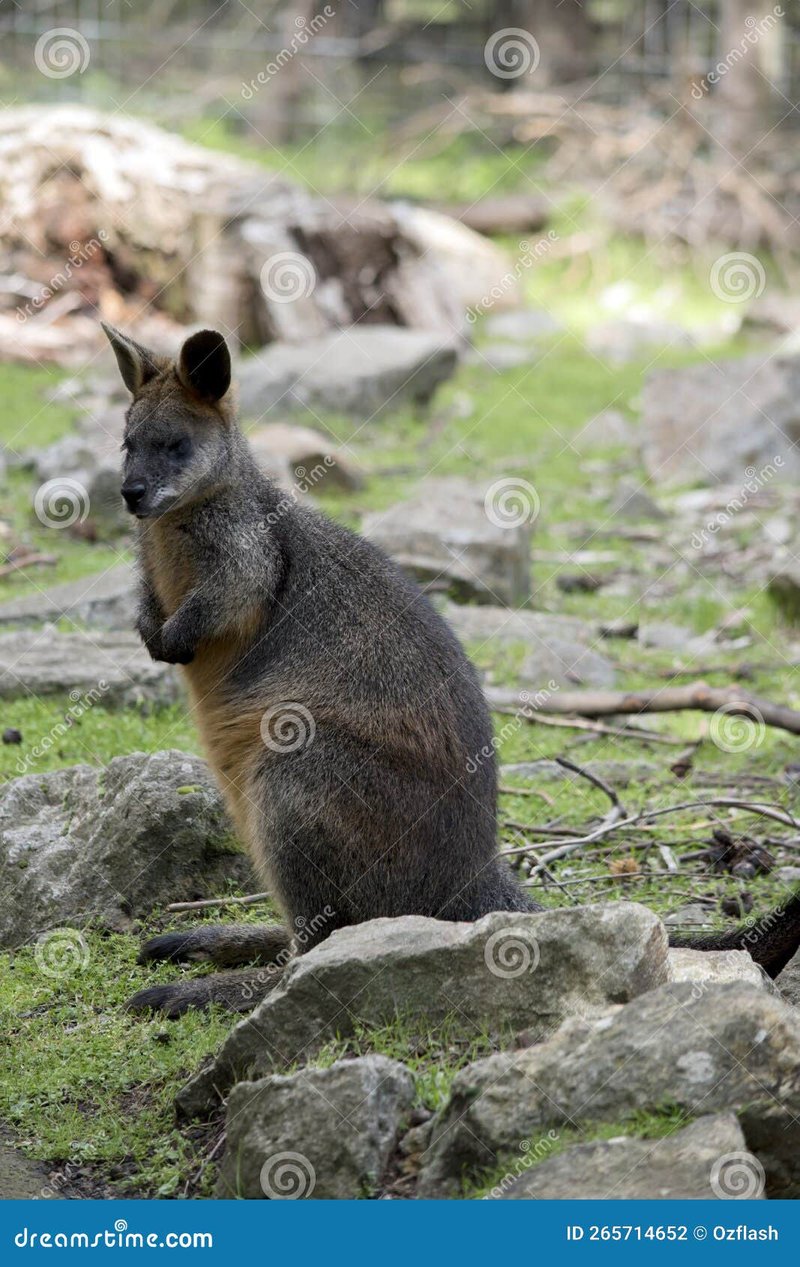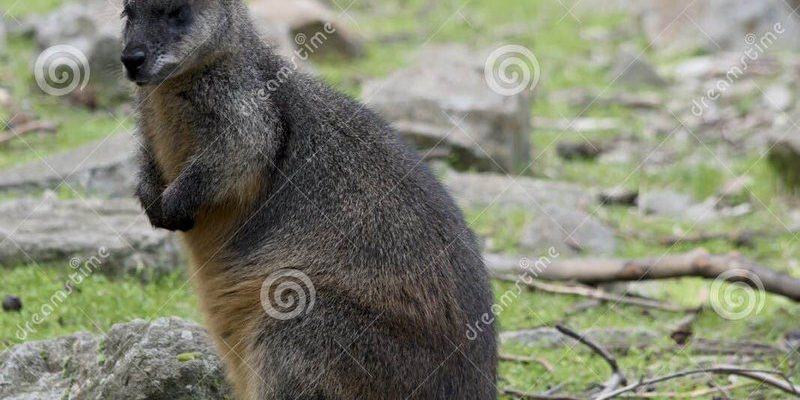
So, what exactly does this fuzzy little guy contribute to its habitat? Think of the swamp wallaby as a gardener of sorts. It helps control the overgrowth of certain plants while providing a food source for predators like eagles and dingoes. In this article, we’ll dive into the various roles of the swamp wallaby and explore just how vital it is to its ecosystem.
Habitat and Distribution
The swamp wallaby (Wallabia bicolor) is native to eastern Australia, including regions from Queensland down to Victoria. It loves wet environments, often found in swamps, wetlands, and thick underbrush. You might picture a cozy home where it finds shelter from predators, foraging areas for food, and places to hide and raise its young.
These wallabies are quite adaptable. They thrive in forests, grasslands, and even suburban areas where vegetation is dense. Imagine a little creature that can dart between the tall grass and underbrush without a care in the world, all while being a vital part of the ecosystem. Their preference for dense, low-lying vegetation makes them critical players, as they help shape the plant life in their habitats.
Diet and Feeding Behavior
Swamp wallabies are herbivores, and their diet includes a variety of plants, leaves, and grasses. Here’s the thing: their eating habits reflect the health of their ecosystem. They munch on native vegetation, ensuring that no single plant species takes over. You might be wondering how they do this so effectively. Well, they have a unique way of feeding—often nibbling on the leaves of shrubs and trees, which promotes new growth.
This selective feeding helps maintain biodiversity. By trimming certain plants, the swamp wallaby allows sunlight and nutrients to reach the ground, fostering the growth of other species. Picture a gardener pruning plants to encourage new blossoms; that’s essentially what swamp wallabies are doing in their natural settings.
Role in Seed Dispersal
Another fascinating aspect of the swamp wallaby’s diet is its role in seed dispersal. When these animals munch on fruits, they consume the seeds and later excrete them in different locations. This process plants new seeds across the landscape, contributing to forest regeneration and plant diversity.
Think about how squirrels bury nuts only to forget them later; the same principle applies here. The swamp wallaby helps promote plant growth not just by eating but by ensuring that seeds get a chance to sprout elsewhere. It’s a win-win situation: they eat, and the ecosystem thrives—pretty neat, right?
Contribution to the Food Web
Every creature has its place in the food web, and the swamp wallaby is no exception. These little wallabies serve as prey for larger predators, like eagles, dingoes, and even some large snakes. When they become a meal for another animal, they’re contributing to the nutrient cycle that keeps ecosystems running smoothly.
Think of it this way: it’s all interconnected. The wallabies munch on plants, grow strong, and then they feed the predators, which, in turn, helps manage those populations. This helps maintain a balance in the ecosystem, preventing overpopulation of any one species. That balance is crucial; if wallabies were to disappear, there would be a ripple effect throughout the food chain.
Impact on Biodiversity
By acting as both grazers and seed dispersers, swamp wallabies contribute significantly to biodiversity. They help maintain a variety of plant species in their habitats, which in turn supports countless other animals and insects. A thriving ecosystem is like a well-orchestrated symphony, and each species plays its part.
Without the swamp wallaby’s presence, some plant species might dominate, leading to a decline in others. This lack of diversity can impact insects, birds, and other wildlife that rely on a variety of plants for food and shelter. So, while they might seem small and unassuming, swamp wallabies play a mighty role in keeping ecological harmony intact.
Conservation Status and Human Impact
Unfortunately, like many wildlife species, swamp wallabies face challenges due to habitat loss, hunting, and climate change. Urban development and agriculture threaten their natural habitats, causing fragmentation that can lead to isolation of populations. It’s a bit like building walls around the garden; the more barriers they encounter, the harder it becomes for them to thrive.
Conservation efforts are essential to protect these little creatures and their habitats. Implementing wildlife corridors, maintaining wetland areas, and educating the public about their importance are just a few ways we can help. Think of it as rolling out a welcome mat for these wallabies, ensuring they have safe spaces to live, feed, and thrive.
The swamp wallaby might not receive the same spotlight as its larger kangaroo relatives, but it undeniably plays a vital role in its ecosystem. By maintaining plant diversity, participating in seed dispersal, and serving as a food source for predators, these little marsupials keep the natural balance in check.
Next time you hear about the swamp wallaby or see one hopping through the underbrush, remember that it’s not just a cute animal; it’s a key player in the health of its environment. Protecting these creatures is essential for maintaining the rich biodiversity of Australia’s ecosystems. Whether it’s by advocating for conservation or simply appreciating their role in nature, we can all help ensure that the swamp wallaby continues to thrive for generations to come.

